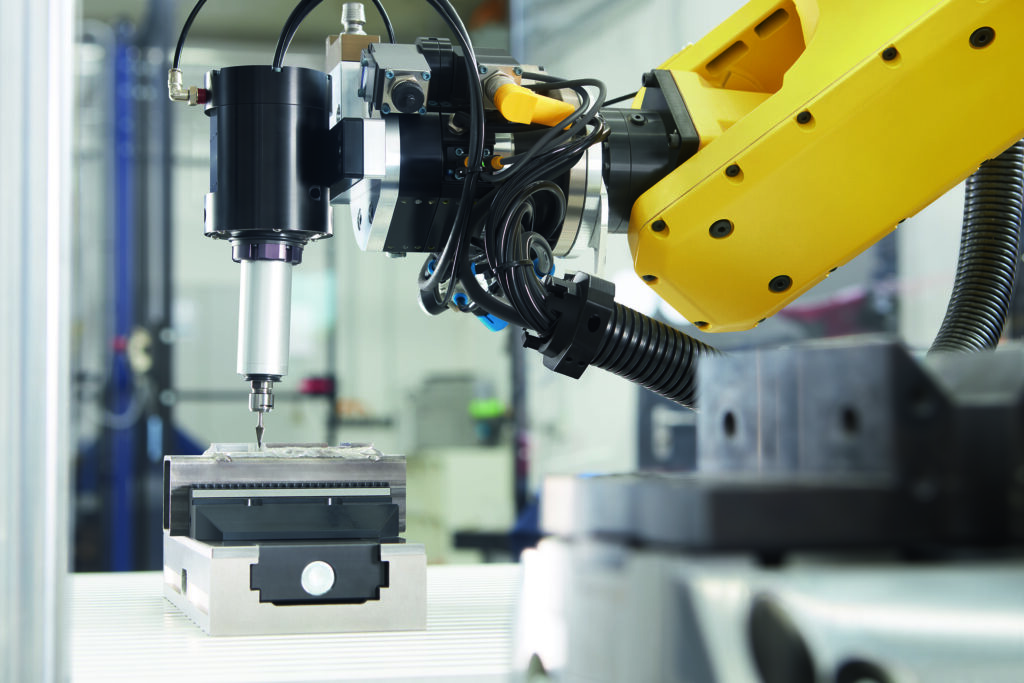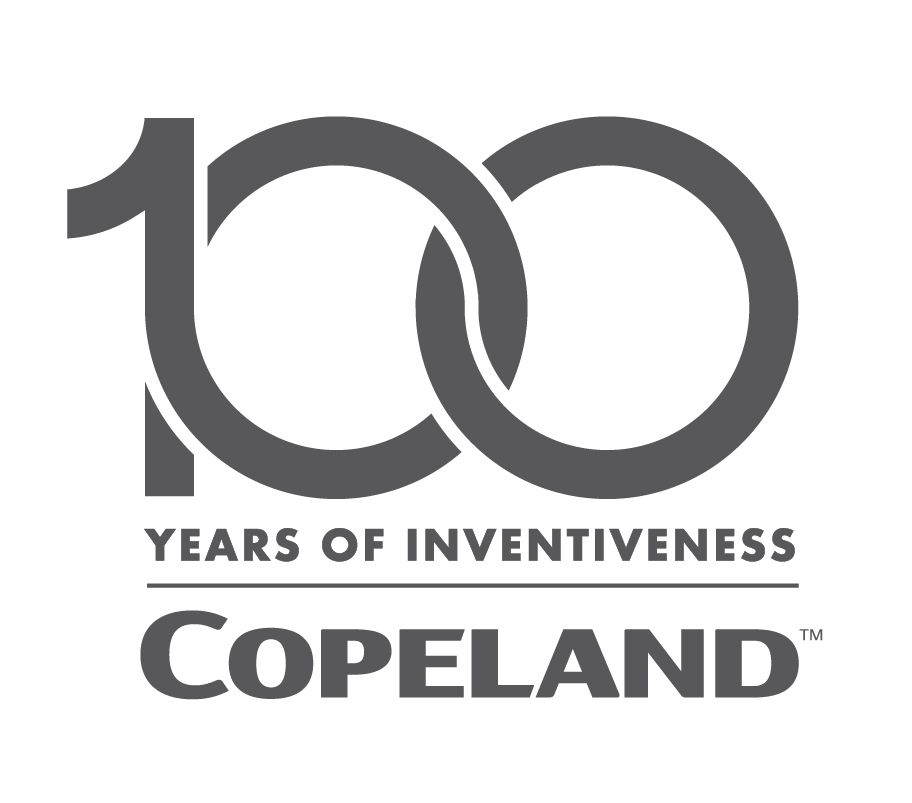R-EMENDO: new tool relies on electrics
Robot-supported, many post-processing steps can be made more accurate, faster, and more efficient. The pneumatic tools from automation specialist SCHUNK are now joined by the RCE electric deburring spindle. The energy-efficient, adjustable tool is versatile and can handle a wide variety of workpieces.
Industrial surface processing has undergone significant development due to increasing requirements. Automated processes now make it possible to remove sharp edges, protrusions, or fraying effortlessly even from complex workpieces. People also benefit from this, as unpleasant and stressful work steps are eliminated and their risk of injury is reduced. The results are also impressive, with uniformly clean edges and perfect surfaces.
Energy-efficient and quiet
With SCHUNK R-EMENDO tools, robots can perform other tasks in addition to parts handling. They can be connected as required via the automation specialist’s quick-change systems. The new electric deburring spindle RCE complements the existing SCHUNK portfolio of pneumatic tools and offers even more flexibility. The energy-efficient tool operates particularly quietly and can cope with a wide variety of workpieces due to the adjustable speed of rotation of up to 50,000 RPM and the adjustable contact force. Users can customize these parameters to achieve optimal reworking results. The compensation mechanism additionally compensates for tolerances in the workpiece contour. In addition to deburring, the versatile tool can also be used for brushing, grinding, and polishing tasks, which considerably expands the range of tasks the system can perform. Integrated process monitoring provides feedback on spindle load and speed of rotation. This ensures less waste and better product quality.

Robots can do both: loading and machining
Robot-assisted reworking offers great potential that has been left virtually untapped. Companies that already use robots for loading and unloading can also use them for reworking. As a rule, they can be automatically linked directly to the machining process in the machine tool. While the machine continues the machining process, reworking takes place in parallel. This means that throughput time and production costs of the workpieces sink, while there is a comparatively low investment volume and a fast return on investment. With the right tools, nothing stands in the way of switching to an automated process. Anyone who wants to have their application validated by experienced engineers is in good hands at the SCHUNK CoLab Application Center. schunk.com



